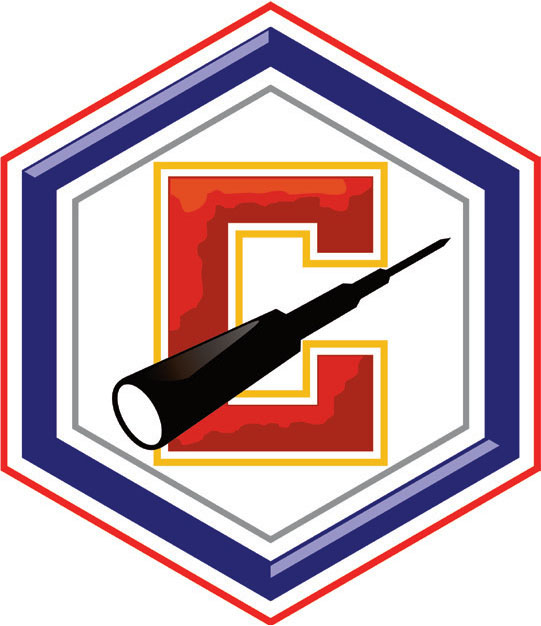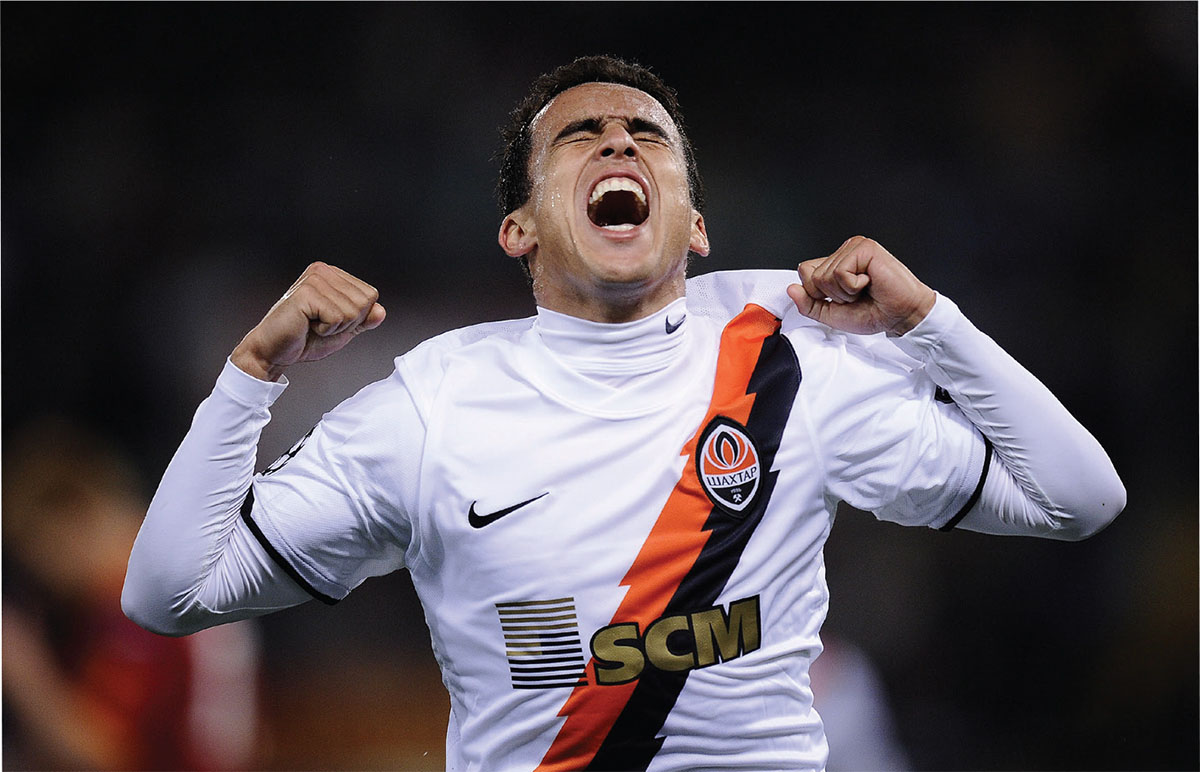
SHAKHTAR DONETSK
THE MINERS FROM DONETSK
On 11 June, 2012 France played England at the Donbass Arena in Donetsk, the first of five matches in the European Championships to be played in the east Ukrainian city. It was a huge celebration for the locals and the matches were well attended. Two years later the stadium was in flames and the town’s club, FC Shakhtar, was forced to flee. The Russian-Ukrainian War had broken out and redrawn the footballing map of the country. In the east, two separatist people’s republics – both supported by Russia – were declared, including Donetsk. By contrast, the government in the west rejects the interference of Russia and insists that Ukraine should be united.
Life for the formerly pro-Russian club was untenable. The supporters were split. A majority of the fanbase belonged to the pro-Russian side: Donbass, the region where Donetsk is situated, historically looks towards Moscow. However, Shakhtar’s owner, Rinat Akhmetov, somewhat unexpectedly expressed his support for a united Ukraine, and the club was forced into exile, basing themselves in the western city of Lviv.
To look beyond the club’s precarious present state, Shakhtar have their origins in the Soviet coal industry. The first logo in 1936 incorporated a jackhammer, the miner’s essential tool, lying diagonally across a red and blue hexagon. Later incarnations of the crest featured a drill tower, slag heaps and crossed hammers. From 2007, footballs have featured at the heart of the design.
This is a club with an impressive history – winning the UEFA Cup in 2009 – but it remains to be seen what the future holds for the Miners from Donetsk.
CLUB: FC Shakhtar Donetsk
NICKNAMES: Hirnyky (the Miners) and Kroty (the Moles)
FOUNDED: 1936
STADIUM: Donbass Arena, Donetsk (52,187 capacity) and Metalist Stadium, Kharkiv (40,003)
HISTORIC PLAYERS: Andriy Vorobey, Anatoliy Tymoshchuk, Darijo Srna, Willian and Luiz Adriano

1936–1946. The first emblem of the Miners was created when the club was founded in 1936. As the club initially played under the name of Stakhanovets, in honour of the miner Alexey Stakhanov, the Cyrillic letter C (corresponding to our letter S) was placed in the middle of the shield.

1946–1965. When, after ten years, the club changed its name to Shakhtar the crest was also changed. Again there was an obvious industrial reference with the drill-tower and the slag heaps, the latter looking like mountains at the base of the crest. ‘WAXTEP’ is the Cyrillic rendering of Shakhtar.

1965–1989. In the mid-1960s, the classic miners’ hammers were introduced into the emblem. Around them the whole name of the club is spelled out in Cyrillic lettering.

1989–1997 and 1997–2007. When the club was reorganised in 1989 Viktor Savilov was hired to redesign the emblem. For the first time in Shakhtar’s history an element was included which had something to do with sport. A football was placed at the centre of the crest and was framed in turn by a grass pitch. In 1997 the logo was updated and the colours from the match kit, which had been in use since the 1960s, were included.

2007–present. In December 2007, Shakhtar introduced a new club badge. The miners’ hammers, which had been absent for nearly 20 years, were brought back and for the first time the club name was written out in Ukrainian rather than Russian. Also included was the year of the club’s founding. Shakhtar sought help from Interbrand (the same company that had earlier designed Juventus’s emblem).

Shakhtar’s Brazilian midfielder Jadson celebrates after scoring against AS Roma in a 2011 Champions League match. The Miners reached the quarter-finals only to be beaten by the eventual tournament winners Barcelona.